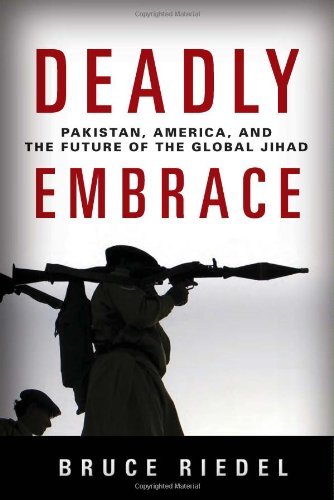The unending conflict in Afghanistan poses the foremost threat to regional stability in Southern Asia. Although President Obama has tripled the number of U.S. forces to 100,000 in the two years he has been in office,,this surge in force levels has failed to effectively counter the long-term threat posed by the Taliban and its Al Qaeda partners. In 2010, every single month was worse than the preceding month in terms of the number of incidents, the casualties to ISAF forces and the killing of innocent civilians. Along the Af-Pak border, despite continuing drone attacks, there has been a steady deterioration in the ability of ISAF to eliminate safe havens for the Taliqaeda extremists. Even the Pakistan army has not fared well in its fight against the TTP cadres holding out in North Waziristan.
The report on the situation in Afghanistan released recently by the White House banks more on hope than reality. It admits that the “challenge remains to make our goals durable and sustainable.” Commanders on the ground, including General Petraeus, continue to claim that the security situation is improving steadily and that the Taliban offensive has been contained. In testimony before Congress in early March 2011, Petraeus claimed that the momentum achieved by the Taliban has been “arrested in much of the country and reversed in a number of areas.” However, he stressed that the “successes are fragile and reversible.”
The Afghan National Army (ANA) and the Afghan police are to be entrusted with the responsibility to independently take over the security function from ISAF in selected provinces beginning in July 2011 so that the planned draw-down of forces can begin. So far the Afghan security forces have not exhibited the standards of professionalism, battalion cohesion and the qualities of junior leadership that are necessary for success in the complex and challenging security environment prevailing in Afghanistan. They still need ISAF officers and quick reaction teams to accompany them for operations, failing which they tend to lose unit cohesion very quickly and disperse in panic.
Negotiations with the so-called “good Taliban” have also floundered. None of the main Taliban leaders – Mullah Omar, Jalaluddin Haqqani and Gulbuddin Hekmatyar – have shown any inclination to conduct serious negotiations with the Karzai government or directly with Western negotiators. They are, of course, keen to buy time by pretending to be interested in a negotiated settlement.
The development work being undertaken by the Karzai government and the PRTs (provincial reconstruction teams) has not reached the poorest provinces as efforts are concentrated on areas that are well connected by roads. The PRTs spend large sums of money on security for their supply convoys and most of this money ultimately ends up as a source of funding for the Taliban. The traditional notion that development work can be successfully undertaken by external agencies has not been borne out over the last 10 years in Afghanistan. A better method would be assist the Afghans with aid, materials and expertise and let them take the responsibility for development. However, due to the lack of efficient governance and rampant corruption, this method is also has serious pitfalls.
The Taliban are fond of saying that the ISAF forces have the watches but they have the time. They are convinced that the U.S. and NATO forces do not have the political will or the military staying power to last the course and they are biding their time for the foreign forces to quit. Their Pakistani friends are giving them similar advice: hang in there; these guys will soon go away. The prognosis for Afghanistan is far from rosy and a spring offensive may soon muddy the waters further.

